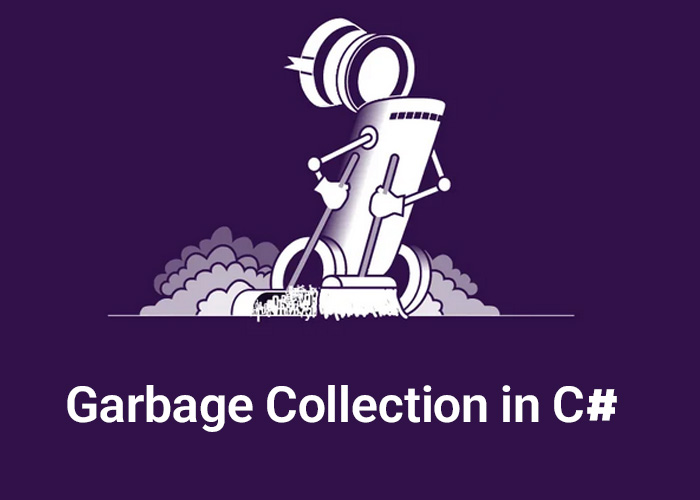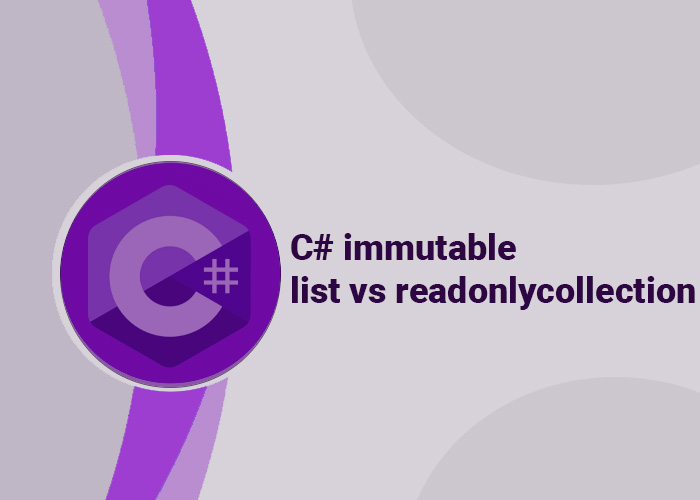C# Stack Pop Method
In C#, the Stack<T> class is a generic collection that follows the Last In, First Out (LIFO) principle. The Pop method is crucial in this data structure as it removes and returns the last element added to the stack. This article explores how the Pop method works, how to use it safely, and what scenarios benefit most from it.
Understanding the Pop Method
The Pop method is used to retrieve and remove the top item of the stack. If the stack is empty when Pop is called, it throws an InvalidOperationException, so it’s essential to ensure that the stack is not empty before invoking the method.
Syntax of Pop
public T Pop()
- Returns: The object removed from the top of the stack.
- Exception: Throws InvalidOperationException if the stack is empty.
Example of Using the Pop Method
Here's a simple example demonstrating how to use the Pop method to manage elements in a stack:
using System;
using System.Collections.Generic;
public class StackPopExample
{
public static void Main()
{
// Creating a stack of strings
Stack<string> stack = new Stack<string>();
// Pushing elements onto the stack
stack.Push("First");
stack.Push("Second");
stack.Push("Third");
// Popping elements from the stack
Console.WriteLine("Popping elements:");
while (stack.Count > 0)
{
string item = stack.Pop();
Console.WriteLine(item);
}
// Example of handling an empty stack
try
{
stack.Pop(); // This will throw an InvalidOperationException
}
catch (InvalidOperationException)
{
Console.WriteLine("The stack is empty.");
}
}
}
In this example, elements are pushed onto the stack, and then Pop is used to remove and print them. The Count property ensures that the stack is not empty before each pop. An exception is handled to demonstrate what happens when Pop is called on an empty stack.
Practical Applications of the Pop Method
- Undo Operations: The Pop method is crucial for implementing undo operations in applications like text editors, where the last action needs to be reversed.
- Expression Evaluation: In algorithms involving expression parsing and evaluation, Pop helps manage intermediate results stored in a stack.
- Backtracking: Useful in maze-solving and other puzzles where backtracking is required to revisit prior steps.
Best Practices
- Check Before Pop: Always use Count to verify that the stack is not empty to prevent exceptions.
- Clear Intentions: Ensure that the stack is used only when LIFO access is appropriate, as misusing the Pop method could lead to data corruption or logic errors.
Conclusion
The Pop method in the Stack<T> class is an essential tool for managing data in a LIFO order in C#. By understanding its proper usage and potential pitfalls, you can harness its power for managing undo operations, backtracking, and expression parsing.





